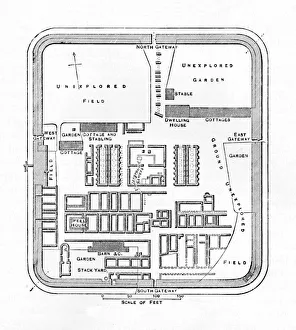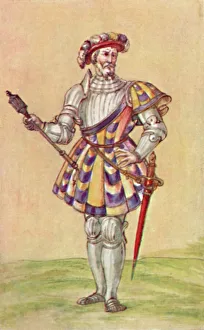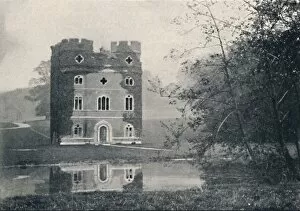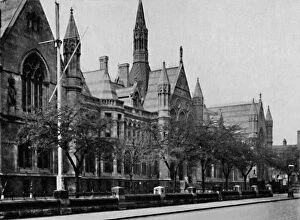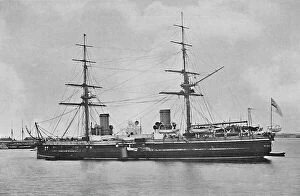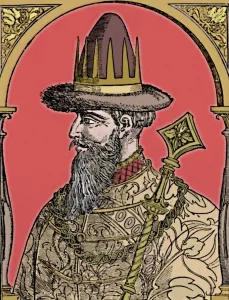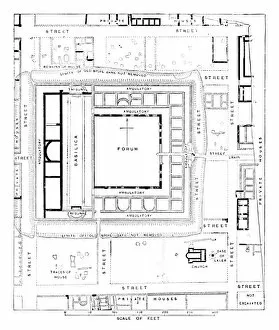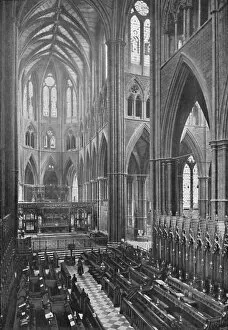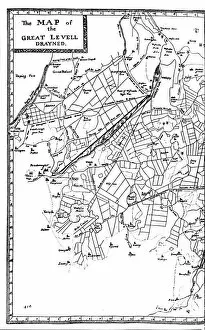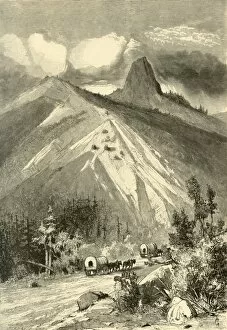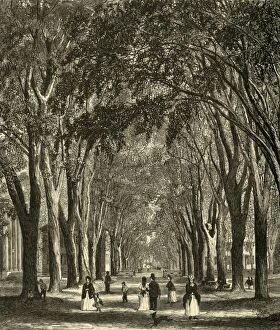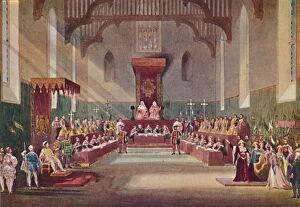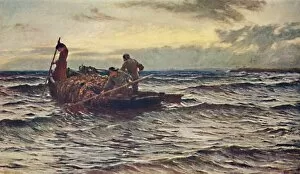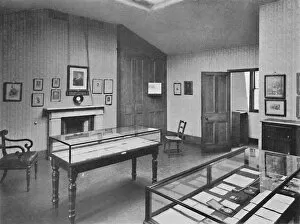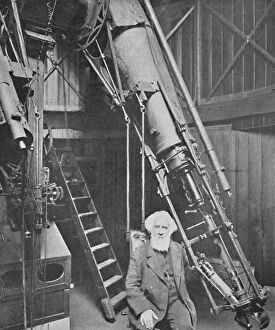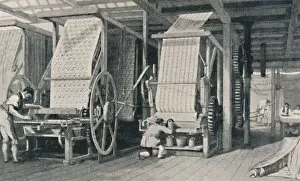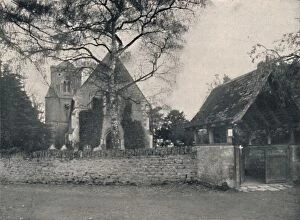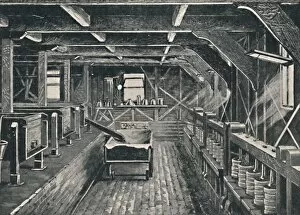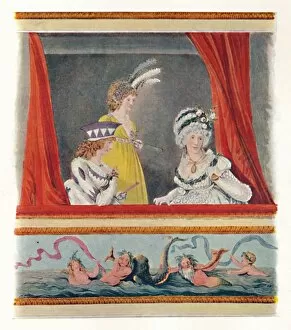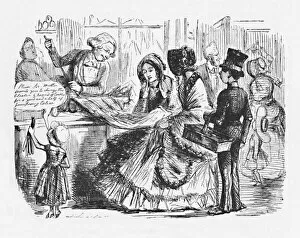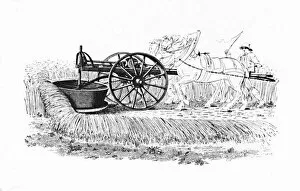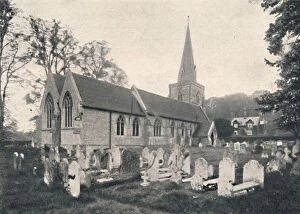Henry Duff Collection
Henry Duff, a man of diverse talents and interests, was an individual who left his mark in various fields
All Professionally Made to Order for Quick Shipping
Henry Duff, a man of diverse talents and interests, was an individual who left his mark in various fields. His passion for art led him to appreciate the works of renowned artists such as JMW Turner and Thomas Webster. He found solace in studying historical artifacts like the Plan of Bremenium and the remains of Wolsey's Palace at Esher. Henry also delved into military history, examining depictions of soldiers from the Tudor period and even exploring naval vessels like H. M. S Inflexible. However, his curiosity extended beyond art and history; he also had an affinity for architecture, marveling at structures like University College Nottingham, Westminster Abbey's Choir and Apse, as well as the draining of The Fens in 1662. Additionally, Henry contributed to cartography with his creation of Southwest Pass in 1872. With a wide range of interests that spanned centuries and disciplines, Henry Duff was undoubtedly a man driven by an insatiable thirst for knowledge and appreciation for all forms of human achievement.


